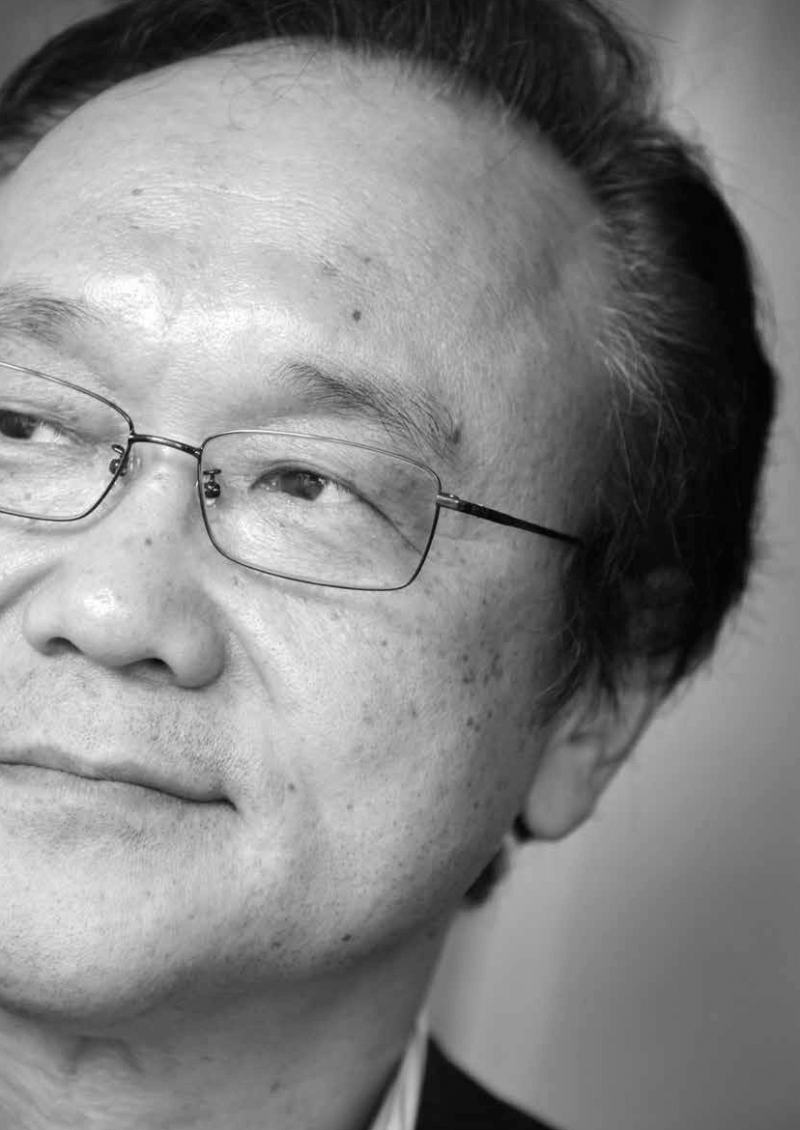Issue:

Waichi Sekiguchi,
the Nihon Keizai Shimbun (Nikkei)
by GAVIN BLAIR
Over the course of a 33 year career with the Nikkei, Waichi Sekiguchi has covered some of the biggest technology and economic issues of recent decades questioning Bill Clinton about U.S. Japan trade at the height of bilateral friction, interviewing Steve Jobs about the rise of mobile devices and charting the growth of the Internet.
A career in the fourth estate was not his first choice, however. “My wife, my girlfriend at the time, didn’t want to live the life of a diplomat’s wife, so she convinced me to be a journalist,” he says. “ I knew I wanted to do something international, such as working in the foreign service.”
Born in Saitama, Sekiguchi graduated from Hitotsubashi University in 1982 and joined the Nikkei the same year. His English abilities facilitated him going to Harvard University in 1988 on a Fulbright Scholarship as a visiting research fellow on intellectual property trade issues between Japan and the U.S. “I had a chance to look at Japan from another country,” he says.
The road to English competency, though, was not an easy one, recalls Sekiguchi. “Until about age 16, I was not good at English. At Urawa High School, there was a Japanese teacher of English who had studied in Australia, and taught us to communicate, rather than the usual rote learning for university entrance exams.”
It was a turning point, though he failed an exam to do a year of high school abroad. Joining the English speaking society at university helped, but it was the stretch at Harvard that cemented his fluency. “The first six months were really hard, but by the time I got back to Tokyo, I could write articles in English for the Nikkei’s English language publication, the Japan Economic Journal.”
ANOTHER EVENT THAT CONTRIBUTED to Sekiguchi’s interest in America was the Japan America Student Conference (JASC). Started in 1934 by young people from the two countries concerned about deteriorating bilateral relations, the JASC is a program whereby students spend a month exchanging ideas and learning about each other’s homelands. Halted by Word War II, it started up again in the mid 1950s. Sekiguchi joined the program in Japan in 1979, travelling to the U.S. for the first time to attend the following year. JASC became an introduction not only to America, but also to his future wife, whom he would meet there. Decades later, Sekiguchi’s son also took part in the program.
Back in Washington from September 1990, Sekiguchi covered trade related news, from legal issues to technology, during the heady bubble days when the Japanese media would send upwards of 30 journalists to cover events such as trade talks. “It’s changing now because the Japanese media can’t afford it,” he says. “Even at the Nikkei we’ve shifted our focus toward Asia away from the U.S. and Europe.”
With few of the Japanese journalists assigned to Washington at the time able to communicate smoothly in English, he found himself often called on to ask questions at press conferences, including one to Bill Clinton on the U.S. Japan trade deficit. The president’s somewhat flippant response led to the exchange being broadcast on CNN and NHK.
After returning to Japan in 1994, Sekiguchi was appointed “captain,” or group leader, of a team covering electronics companies, Sony in particular. He was also assigned to cover the internet, a newly burgeoning field, which required regular visits to Silicon Valley for interviews with such luminaries as Bill Gates, Steve Jobs and Larry Ellison.
“I remember interviewing Steve Jobs in 1999, shortly after NTT DoCoMo had launched its i-Mode service,” Sekiguchi says. “I asked him whether mobile phones would be an important internet device in the future, but he said he thought the screens were too small and were only suitable for reading the odd email. He was a genius, though, and changed his mind a few years later.”
“I remember interviewing Steve Jobs in 1999 . . . I asked him whether mobile phones would be an important Internet device in the future, but he said he thought the screens were too small . . .
HIS LONGER FORM WRITING includes the book Pioneers of the Personal Computer Industry, detailing the sometimes overlooked contributions of Japanese engineers and companies to the birth and development of the PC field. He also authored a short book titled Savvy Search Techniques and contributed a chapter to Reimagining Japan, the book released by McKinsey after the triple disasters of 2011.
The way that Japanese electronics companies have found themselves trailing their American rivals following the shift from hardware to software could be repeated in other manufacturing areas such as autos with the rise of electric vehicles and the Internet of Things, worries Sekiguchi.
Becoming a senior staff writer in 1996, he went on to write editorials from 2000 until earlier this year. He has also spent 20 years appearing on television as a weekly analyst on the Nikkei BS and cable channels and three years as an English speaking commentator on NHK World.
Sekiguchi also finds time to teach technology and innovation as a visiting professor at three universities: Meiji, Waseda and Hosei Business School, as well as conducting research at the Center for Global Communications (GLOCOM) of the International University of Japan. In addition, he acts as an IT security advisor to the National Police Agency and a board member of IT related organizations run by the Ministry of Economy, Trade and Industry and the Ministry of Internal Affairs and Communications.
His three adult children were all born in the States, have Western sounding names and U.S. citizenship. None, though, have shown an inclination to follow Sekiguchi into his chosen profession, nor did he encourage them to do so.

